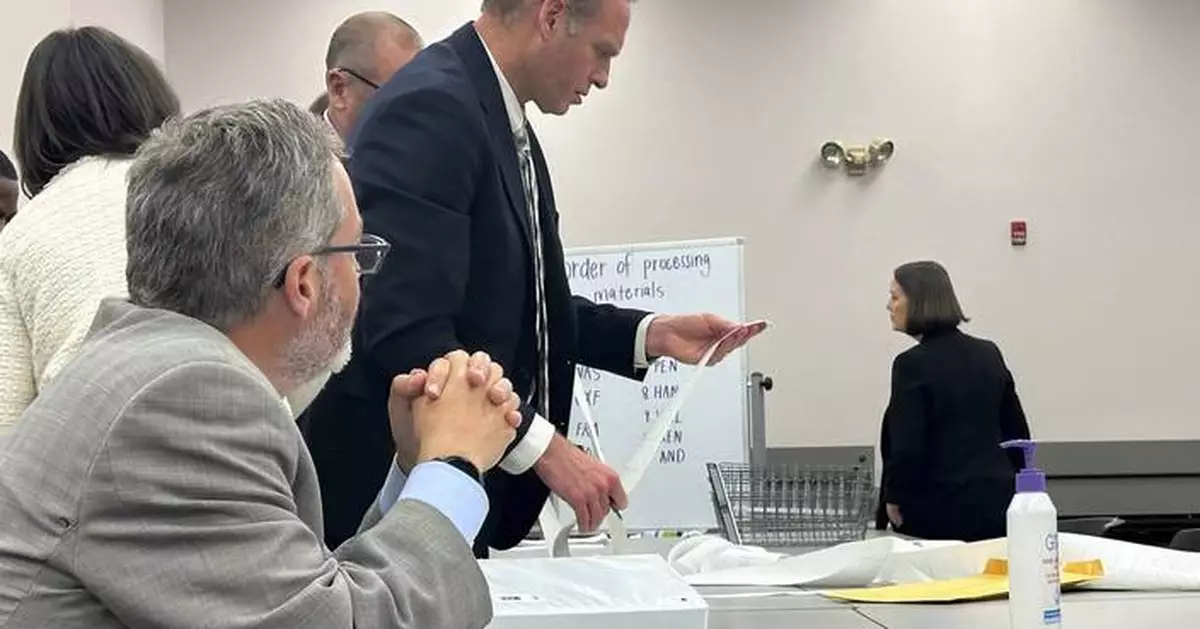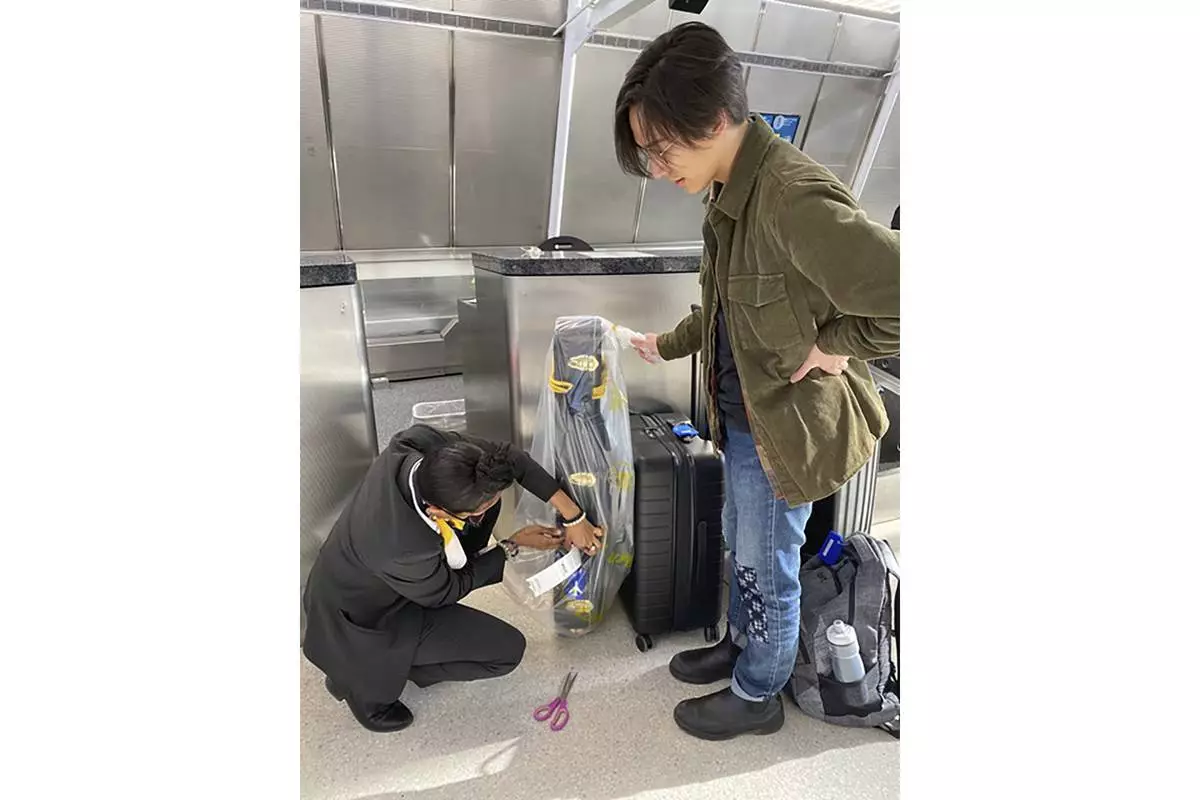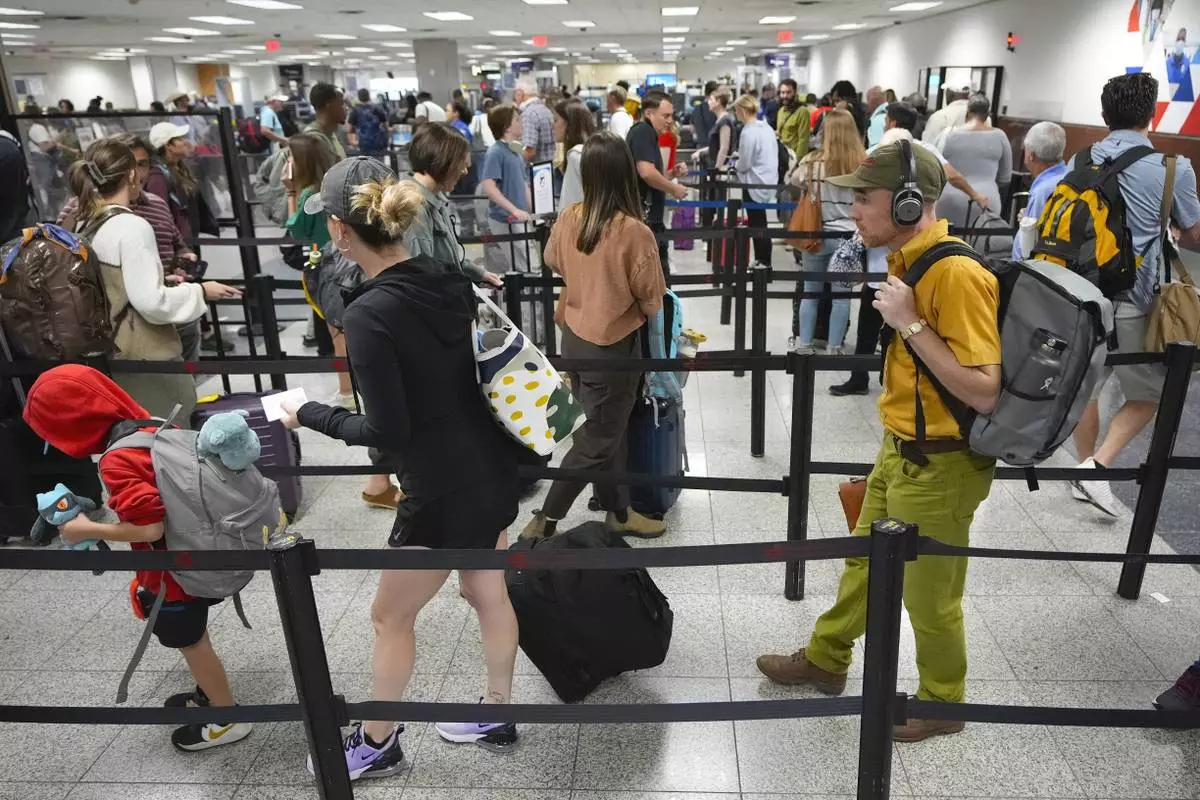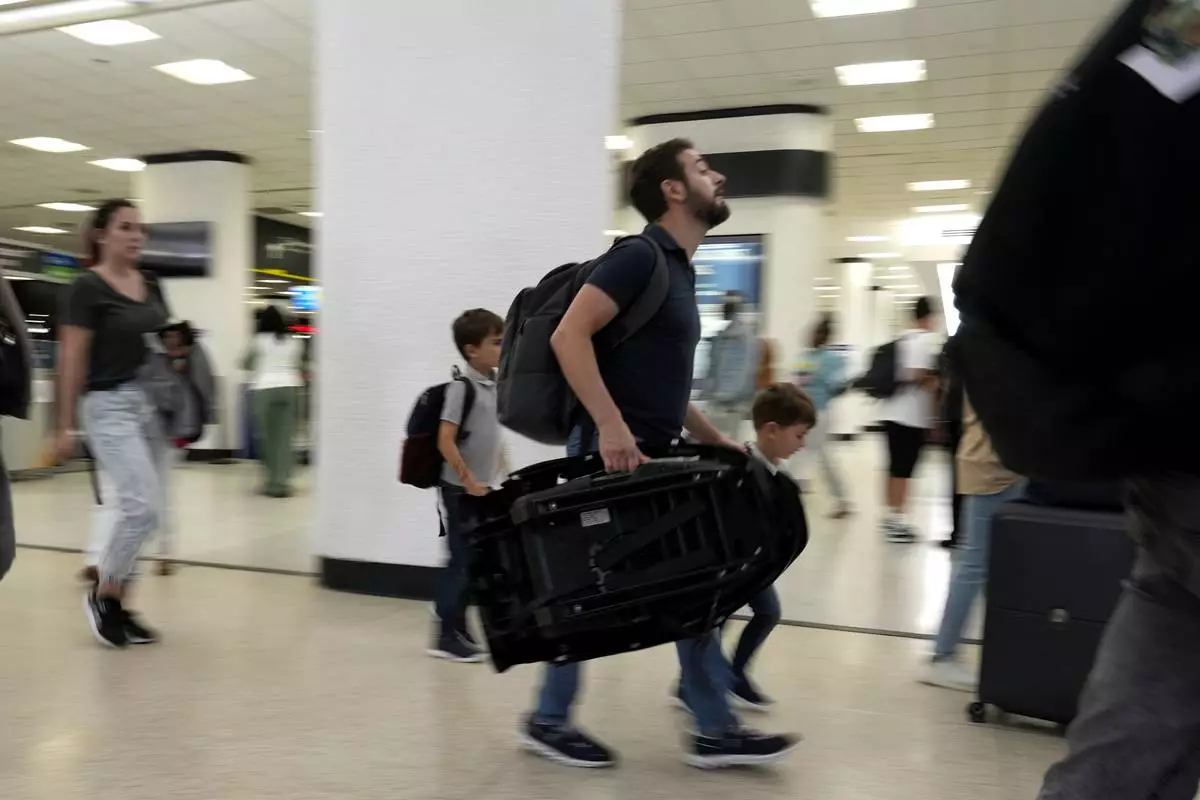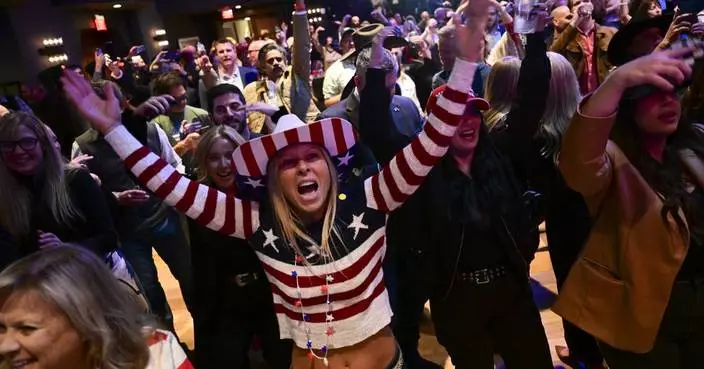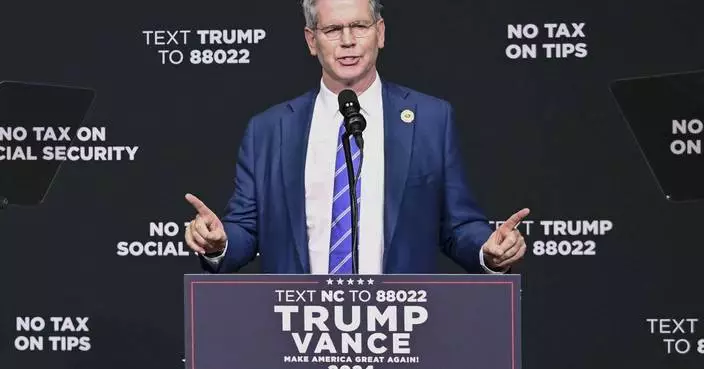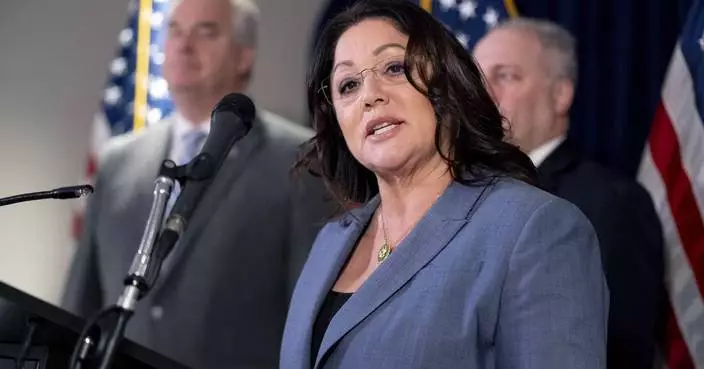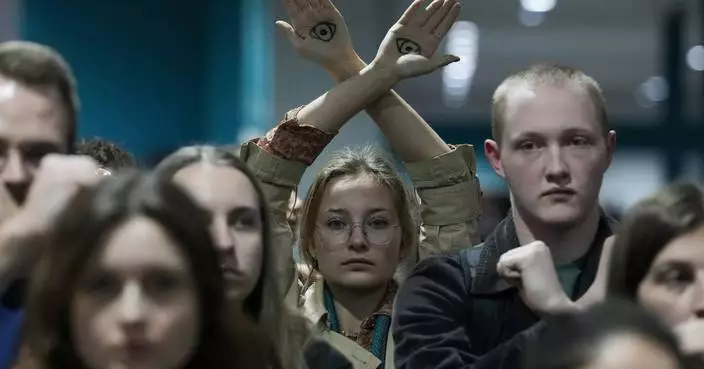JEFFERSON CITY, Mo. (AP) — Two weeks before Election Day, activists from across the country gathered for an online rally heralding the historic number of state ballot initiatives seeking to change the way people vote. Hopes were high that voters would ditch traditional partisan primaries and embrace ballots with more candidate choices.
Instead, the election reform movement lost almost everywhere it appeared on a statewide ballot.
“It turns out, in retrospect, we weren’t yet ready for prime time,” said John Opdycke, president of the advocacy group Open Primaries, which organized the rally.
In Arizona, Colorado, Idaho, Missouri, Montana, Nevada, Oregon and South Dakota — a mixture of red, blue and purple states — voters rejected either ranked choice voting, open primaries or a combination of both.
The open primary proposals sought to place candidates of all parties on the same ballot, with a certain number of top finishers advancing to the general election. Under ranked choice voting, people can vote for multiple candidates in order of preference. If no one receives a majority of first place votes, then candidates who receive the fewest votes are eliminated and their votes redistributed to people's next choices.
Election reform advocates raised about $110 million for the statewide ballot measures, vastly outpacing their opponents, according to an Associated Press analysis of campaign finance figures that could grow even larger as post-election reports are filed. Still, their promotional push wasn't enough to persuade most voters.
“While Americans are frustrated with politics, I think most Americans are just fine with the traditional way of voting,” said Trent England, executive director of Save Our States, which opposes ranked choice voting.
Advocates for alternative election methods had thought momentum was on their side after Alaska voters narrowly approved a combination of open primaries and ranked choice voting in 2020. Then voters in Nevada — where initiatives proposing constitutional amendments require approval in two consecutive elections — gave first-round approval to a similar measure in 2022. But Nevada voters reversed course this year.
In Alaska, an attempt this year to repeal open primaries and ranked choice voting appears to have fallen just short of passing, garnering 49.9% support in results released Wednesday. Final results are expected to be certified Nov. 30.
In addition to Alaska, versions of ranked choice voting already exist in Maine 's federal elections and about 50 counties or cities. Voters in Washington, D.C., and the Chicago suburb of Oak Park, Illinois, both approved ranked choice voting this November. And voters in the Minneapolis suburb of Bloomington, Minnesota, reaffirmed their use of it.
Data suggests that ranked choice voting rarely results in different outcomes than traditional elections won by candidates receiving a plurality, but not majority, of support. The AP analyzed nearly 150 races this fall in 16 jurisdictions where ranked choice voting is authorized, ranging from the Board of Assessors elections in the Village of Arden, Delaware, to the presidential elections in Alaska and Maine. The ranking system was needed in just 30% of those cases, because the rest were won by candidates receiving a majority of the initial votes.
Nationwide, just three candidates who initially trailed in first-place votes ended up winning after ranked vote tabulations — one for Portland City Council and two for the San Francisco Board of Supervisors.
In San Francisco, two progressive candidates campaigned together, encouraging voters to rank them No. 1 and 2. Initially, they fell behind a moderate candidate who would have won a traditional election. But after six rounds of rankings, one of the progressive candidates emerged the victor when the other was eliminated and his supporters' votes were redistributed to her.
Supporters of ranked choice voting point to that as a success, because it avoided two similar candidates splitting the vote and both losing.
“It’s kind of like a pressure valve – you don’t always need it, but when you do, you really do,” said Deb Otis, director of research and policy at FairVote, which advocates for ranked choice voting.
In Portland, Oregon, voters used ranked choice voting for the first time this November in their mayoral and City Council elections, even as Oregon voters simultaneously rejected a measure to implement it for federal and statewide offices. Political outsider Keith Wilson, who led Portland's 19-person mayoral field with about one-third of the initial vote, ultimately won election after 19 rounds of ranked tabulations. One City Council seat took at least 30 rounds to decide.
But not everyone participated in the new voting method. About one-fifth of Portland voters skipped the council races, and about one-in-seven voters left the mayoral election blank.
Opponents of ranked choice voting contend that some people find it confusing and don't vote in ranked races.
Academic research also has cast doubt on the benefits of ranked choice voting, said Larry Jacobs, a professor of politics at the University of Minnesota. Fewer Black voters tend to rank candidates than white voters, he said, and there is little evidence that ranked choice voting reduces political polarization or negative campaigning.
“I think the tide for ranked choice voting is turning away from it,” Jacobs said.
Groups that heavily financed this year's election reform initiatives aren't giving up, but may retool their approach. Supporters are considering whether to separate the efforts to end partisan primaries from those to adopt ranked choice voting, and whether to focus more on incremental changes that state legislatures can make instead of on high-stakes initiatives to amend state constitutions.
Opdycke said some of this year's initiatives may have launched prematurely, counting on ads to persuade voters without first cultivating enough grassroots support.
“I think there’s a deeper appreciation for the kind of brick work, foundation-building, conversation creation that has to go on as a precursor of launching a formal campaign," he said.
Unite America, which spent around $70 million this year in its effort to end partisan primaries, is analyzing voter surveys and focus group results to help reshape its approach.
“The question is not if we should continue that effort," Unite America Executive Director Nick Troiano said, "but how are we ultimately going to succeed at it?”
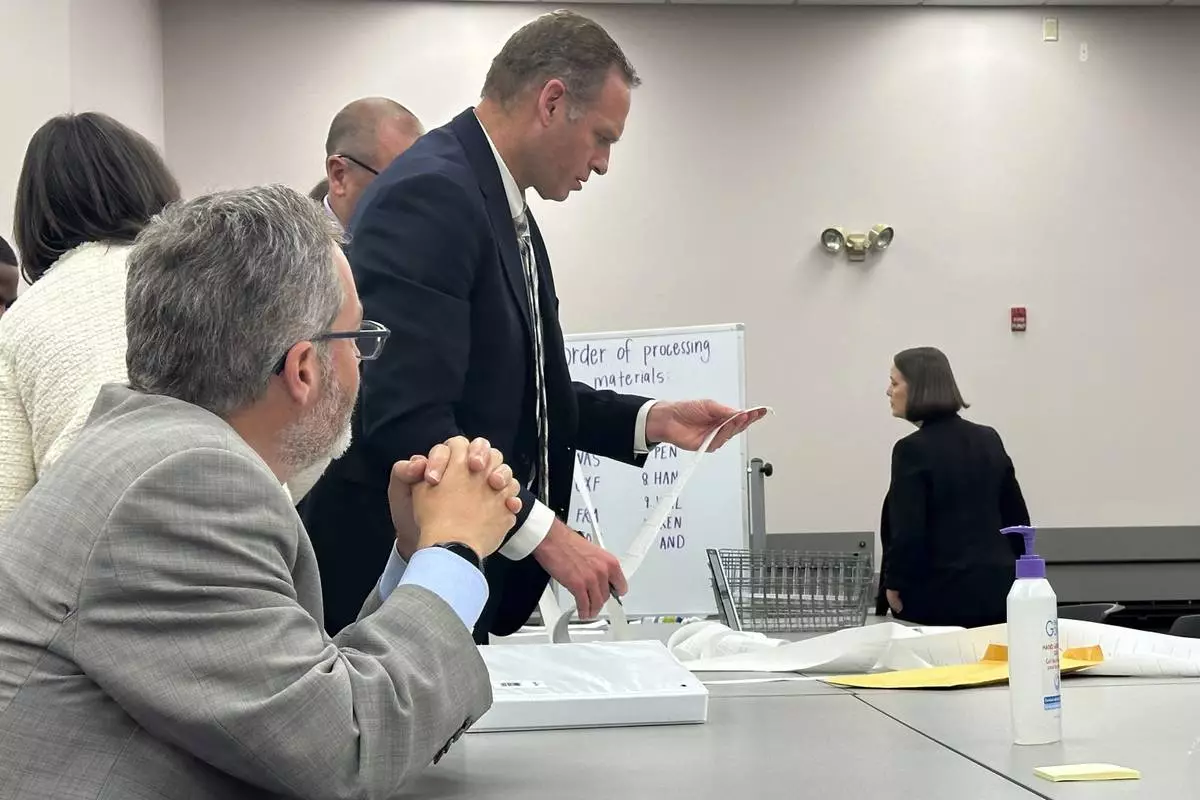
FILE - Attorneys and observers review a printout from a voting machine to ensure the numbers match with the reported results as the state conducts additional tabulations under ranked choice voting in a congressional race, Tuesday, Nov. 12, 2024, in Augusta, Maine. (AP Photo/David Sharp, File)


